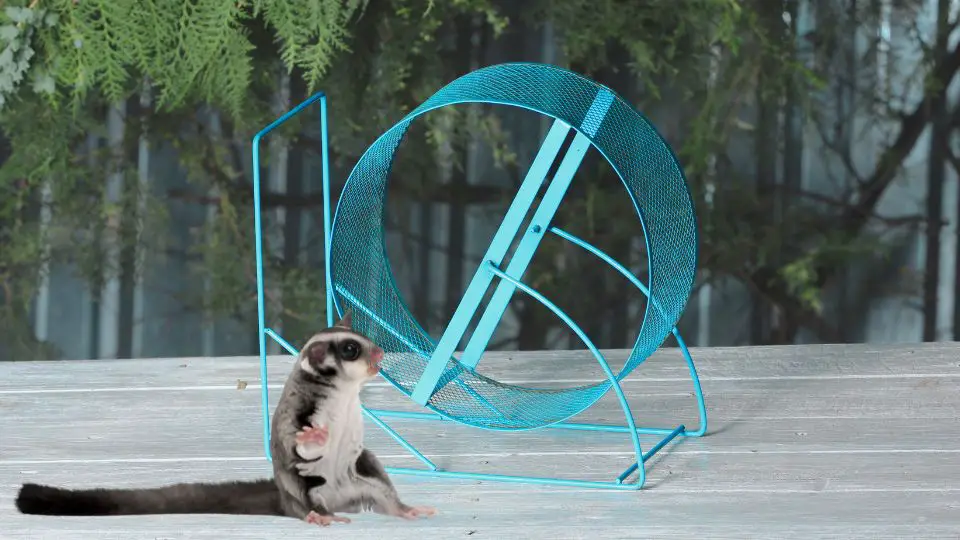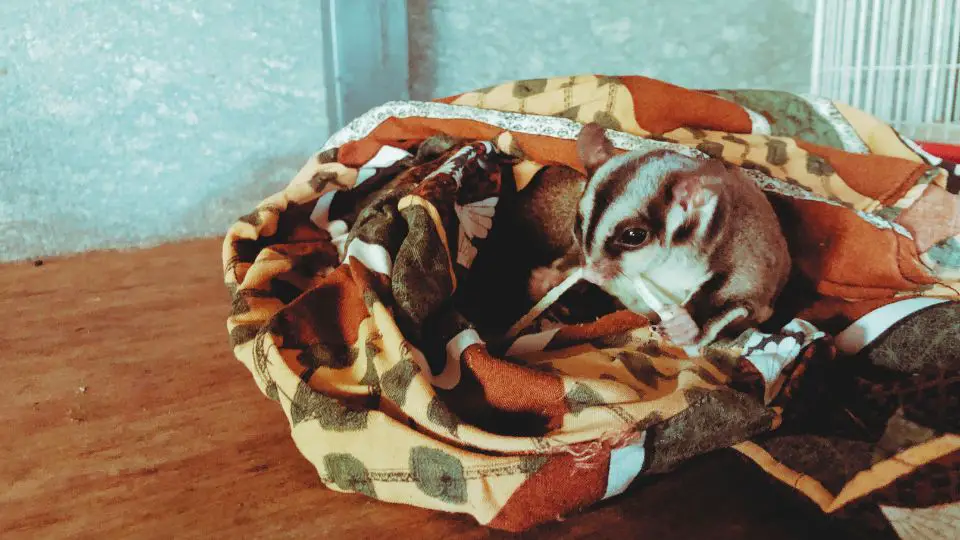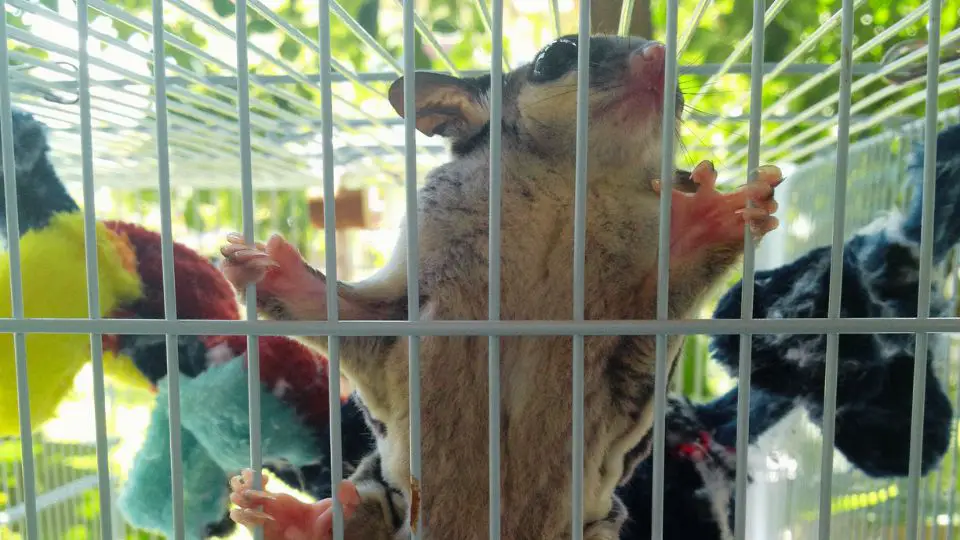Sugar gliders and flying squirrels are both small, arboreal (tree-dwelling) animals. They are often confused with each other because of their similar appearance and size. However, there are several key differences between these two animals.
Sugar gliders are native to Australia, Indonesia, and Papua New Guinea, while flying squirrels are found in North America, Europe, and Asia. Sugar gliders are marsupials, meaning they have a pouch in which they carry their young. Flying squirrels are rodents, and they do not have a pouch. Physically, flying squirrels are longer and thinner than sugar gliders.
In this article, we will talk about the key differences between sugar gliders and flying squirrels and their behavior in the wild.
Where Do Sugar Gliders and Flying Squirrels Come From?
Before we get into the differences between sugar gliders and flying squirrels, let’s first take a look at where they come from. Sugar gliders are marsupials, meaning they are born from their mother’s pouch. They are native to Australia, Indonesia, and Papua New Guinea. Flying squirrels, on the other hand, are rodents. They are found in North America, Europe, Asia, and Africa.
There are 50 species of flying squirrels in the world, while there are only 6 species of sugar gliders. The two most common flying squirrel species in North America are the northern flying squirrel (Glaucomys sabrinus) and the southern flying squirrel (Glaucomys volans). The last one can also be found throughout the eastern United States.

Geographic location is an important consideration for flying squirrels and sugar gliders. Both are found in forested regions, where they find shelter and a variety of foods. Flying squirrels are more likely to thrive in cooler climates than sugar gliders, which prefer warmer and more humid locations.
Are the sugar glider and flying squirrels homologous or analogous and why?
Homologies are shared characteristics that come from a common ancestor, while analogies are shared characteristics that come from convergent evolution.
Although sugar gliders and flying squirrels have similar characteristics, they don’t share a common ancestor, making them analogous because of their convergent evolution.
Can flying squirrels and sugar gliders live together?
No, sugar gliders and flying squirrels cannot live together because they come from different continents and have different ecological needs. In general, it is best that you don’t have two different species of animals living in the same space.
Sugar Glider vs. Flying Squirrel: Key differences
Now that we know a little bit more about where sugar gliders and flying squirrels come from, let’s take a look at some of the key differences between these two species.
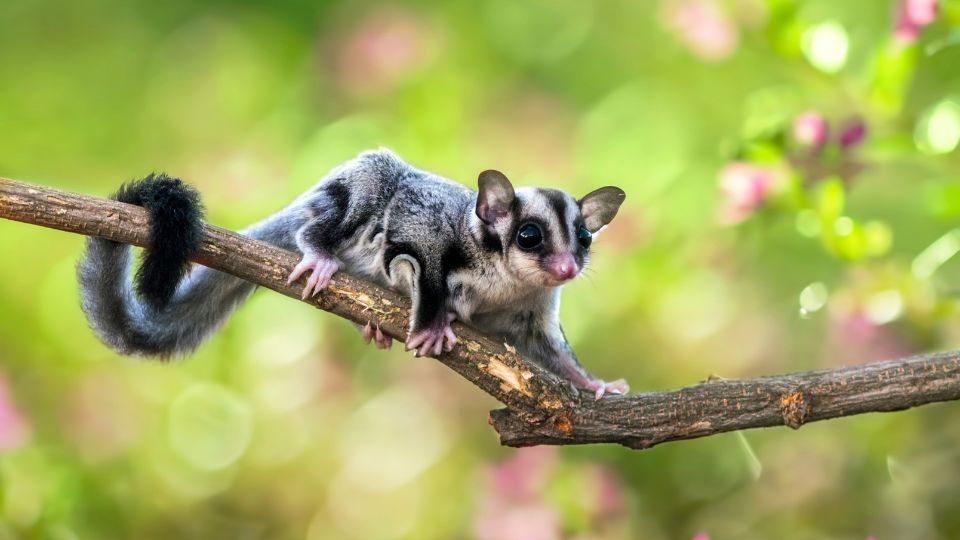
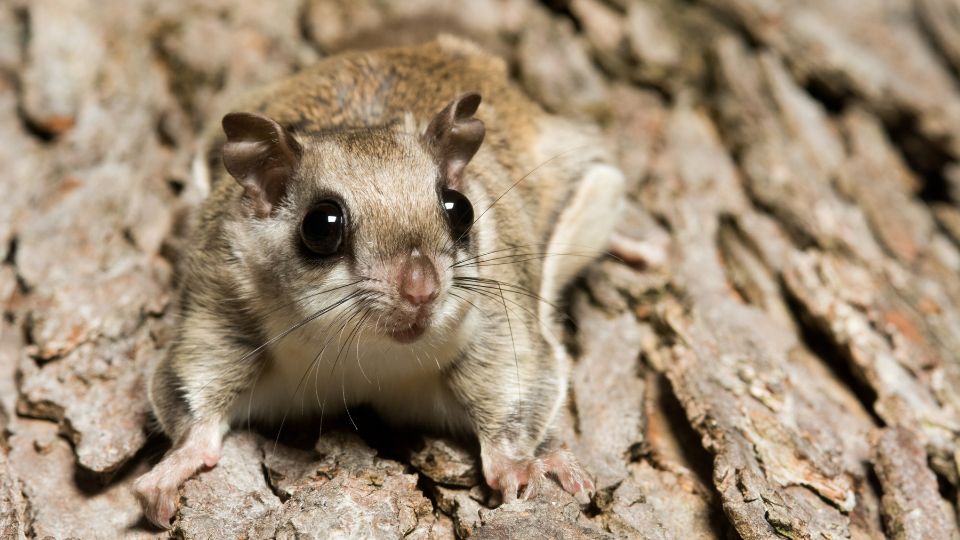
Gliding
A key difference between these two animals is their gliding abilities. Sugar gliders have a membrane that connects their wrists to their ankles, which allows them to glide through the air. This membrane is called the patagium. Flying squirrels also have a patagium, but theirs is much bigger in comparison, which allows them to glide for much longer distances and turn in the air more easily.
In fact, flying squirrels can glide up to 100 feet, while sugar gliders can only glide for about 65 feet. Both animals are escape artists and will use their gliding abilities to get away from predators.
Diet and Hunting style
Both flying squirrels and sugar gliders are nocturnal animals, which means they are active at night. This is likely because their predators are also active during the day. Because they are active at night, they both have excellent night vision.
Both animals are also omnivores, meaning they eat plants and animals. The main difference in their diet is that flying squirrels eat more nuts, seeds, and insects, while sugar gliders eat more nectar, fruit, and tree sap.
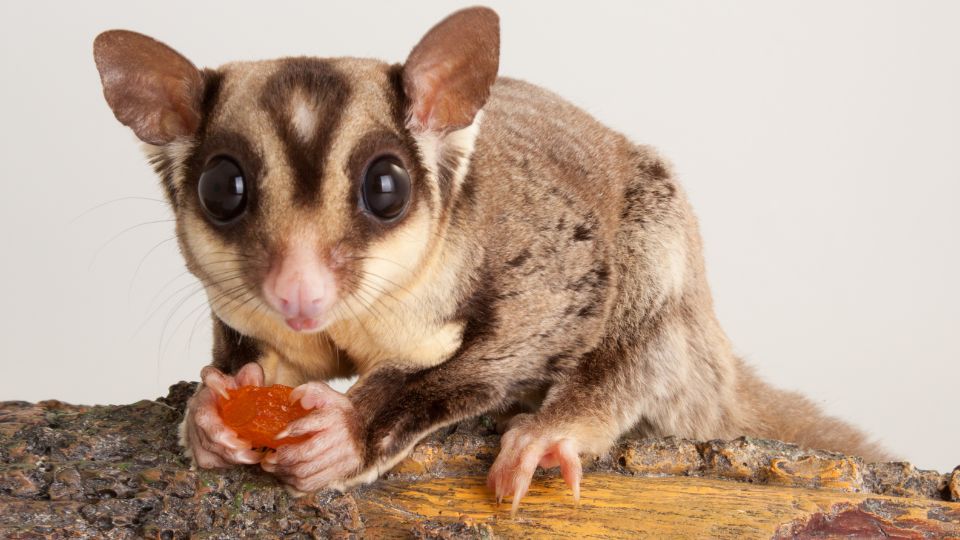
The way these animals hunt is also different. Flying squirrels will typically sit on a branch and wait for their prey to come to them. Sugar gliders, on the other hand, will glide through the air in search of food.
So, although both animals are nocturnal and omnivorous, there are some key differences in their diet and hunting style.
Social Behaviour
Another key difference between these two animals is their social behavior. Sugar gliders are very social creatures and live in large groups, while flying squirrels are more solitary.
Sugar gliders are also more vocal than flying squirrels and communicate with each other through a series of clicks, chirps, and squeaks.
In captivity, both of them require human interaction, but flying squirrels will suffer more if they feel lonely. They can get depressed and even stop eating.
Torpor
Now that we understand the hunting style and social behaviour of both species, it is important to note another key difference in behaviour: during cold weather, sugar gliders will go into a state of torpor, while flying squirrels do not.
Torpor is a state of reduced physiological activity in order to conserve energy. Sugar gliders enter this state in order to survive cold winters when food is scarce.
As a matter of fact, flying squirrels become even more aggressive during the winter in order to defend their territory and food sources.
Lifespan
In captivity, the lifespan of a sugar glider is 10-14 years, while the lifespan of a flying squirrel is just nearly 10 years. The numbers depend on their diet and how well they are cared for.
Sugar gliders vs Flying Squirrels: Physical differences
A flying squirrel and a sugar glider look very similar: both are arboreal mammals with round heads and large black eyes, and they both have gliding membranes attached to the front and back feet. While the two species share many similarities, there are also some key differences.
Sugar gliders are 4-7 inches in length and can weigh between 3-6 ounces. In comparison, flying squirrels are larger, with a body length of 5-14 inches, but the weight is around 2-5 ounces. So, although flying squirrels have longer bodies, sugar gliders are actually heavier.
Flying squirrels have different shades of brown fur on their backs, depending on the species, and cream-colored fur on their bellies. Sugar gliders, on the other hand, can have grey fur on their backs and cream, brown, or black fur on their bellies.
Being marsupial, sugar glider females have a pouch on their stomach where they carry and nurse their young. Flying squirrel females do not have a pouch.
What did sugar gliders evolve from?
It is believed that sugar gliders evolved from possums that lived in the trees of Australia and New Guinea. Flying squirrels, on the other hand, evolved from tree squirrels that lived in North America and Eurasia.
Conclusion
In conclusion, there are some key differences between sugar gliders and flying squirrels. Sugar gliders are native to Australia and New Guinea, while flying squirrels are native to North America and Eurasia. Sugar gliders are also more social creatures than flying squirrels and can enter a state of torpor, while flying squirrels do not.
Although both animals make great pets, flying squirrels have a shorter lifespan in captivity than sugar gliders. Finally, sugar gliders are slightly larger than flying squirrels, and have different colored fur.




